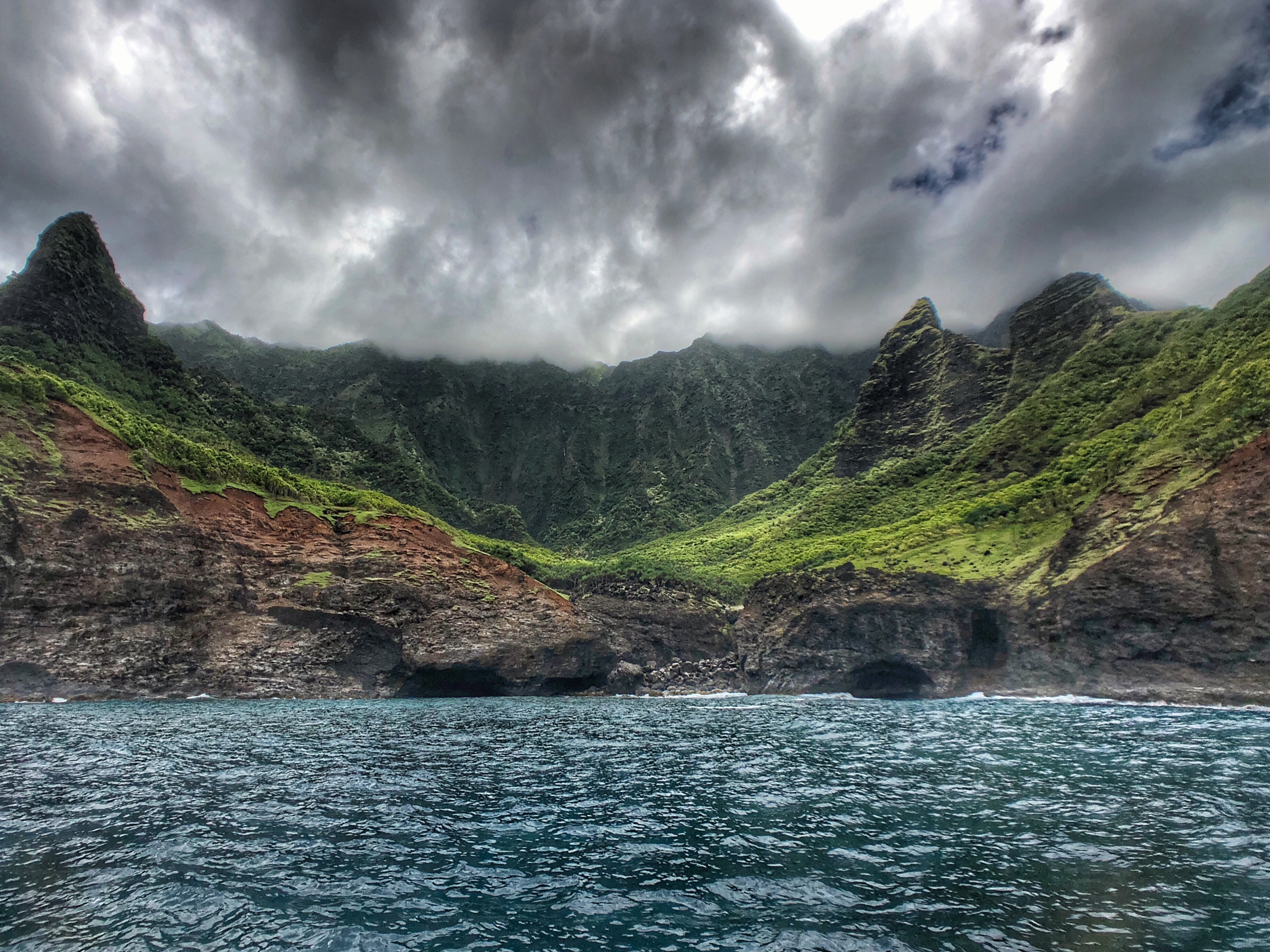By RENA J. MOSTEIRIN
Just before daybreak, the sky above NewYork-Presbyterian in Queens stiffens, and the nurse kicks me out of Abuela’s hospital room, because he needs to clean her. I don’t want to leave her room, and I don’t quite remember how to leave the hospital, but when I get out, the December night is a sharp blue and the cold air aches. As I stumble toward the lit deli on the corner I can’t even close my coat, my hands shake so much. I take off the mask. I see the air coming out of my mouth as a cloud of white, frozen mist. So this is God. God is the air going in and the air coming out and the sun coming up blue and the cold.
I am still holding the mask. I feel that I still need it, having worn it all night over my mouth and nose to keep the germs from coming in. Everything is glowing: the mask, my breath, my hands.
The man working the counter comes outside, muttering about it being too cold. He holds opens the door, gestures for me to walk into the light and follows me back inside. He holds a small garbage pail, he gestures for me to drop the mask. Just throw it away.
“How can I help you?” he asks. He repeats himself, because I can’t speak. I can see the yellow glow of sunrise in his face. Yellow omelets, egg sandwiches, golden bagels—these are the foods of heaven. Outside I was black and white, but somehow, in here, I am in color.
*
In the tuberculosis room, you must keep the door closed at all times. Wear a mask when you enter and throw the mask away when you leave. This machine will buzz all night, that’s the sound the laser makes. When air passes through this part here, the purple light that you see will kill the tuberculosis germs. We do this to protect you. Thirteen million people in the United States have latent tuberculosis infection. Are you sure you want to spend the night? Please do not remove the mask. The mask is light blue, for your protection. Press down on either side and the top of the mask will conform to the shape of your nose.











